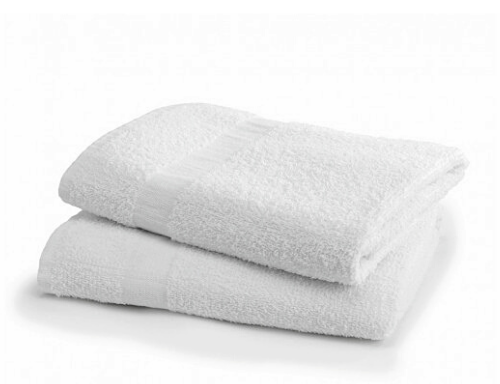It is hard to imagine a physiotherapy clinic without a large and varied collection of towels. Be it for drying wet skin, draping bare flesh for modesty and/or warmth, insulation during heat treatment, interfacing to assist in grip or comfort for hands-on treatment, as a prop to better position the body or a limb, or as a resistance tool for exercise, towels are very much physio-centric.
The history of the towel can be traced back to the 17th century and the city of Bursa, Turkey. In Bursa, and likely in many areas of Northern Africa and Southern Europe, towels played an important role in culture as well as in health and cleanliness. The Ottomans ruled Turkey during this time and were known as expert carpet weavers. It was their influence that brought about elaborate designs of towels and eventually loops rising from the pile to offer greater water absorption capacity.
Early writings on spinal manipulation, hydrotherapy and soft tissue interventions often address the massage houses of Turkey and Morocco and the early influences of bathing rituals and the multiple uses of towels such as the writings of Urquhart in 1856 on the Turkish Bath. Early towels were hand-woven and likely expensive and so imdicated high social status. With industrialization and the cotton trade in the 19th century terry-towelling became available in great lengths as well as being stocked in shops in pre-made sizes and shapes.
Description provided by Cameron MacDonald of the United States of America

